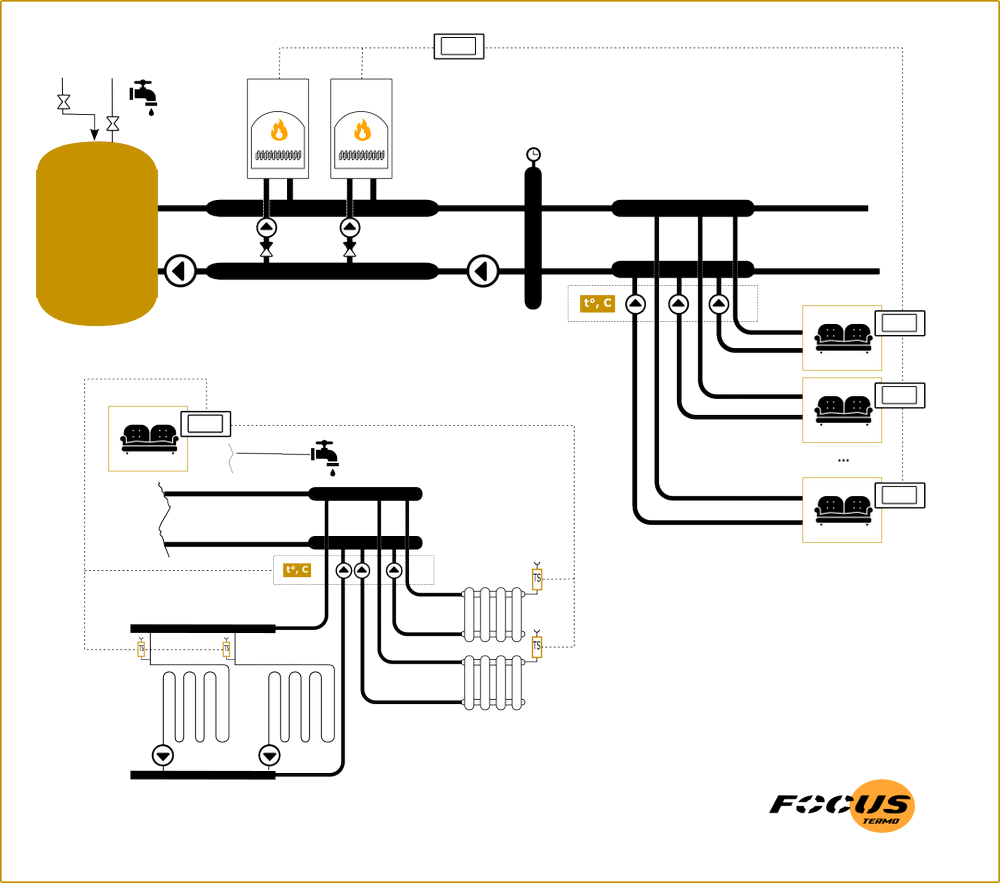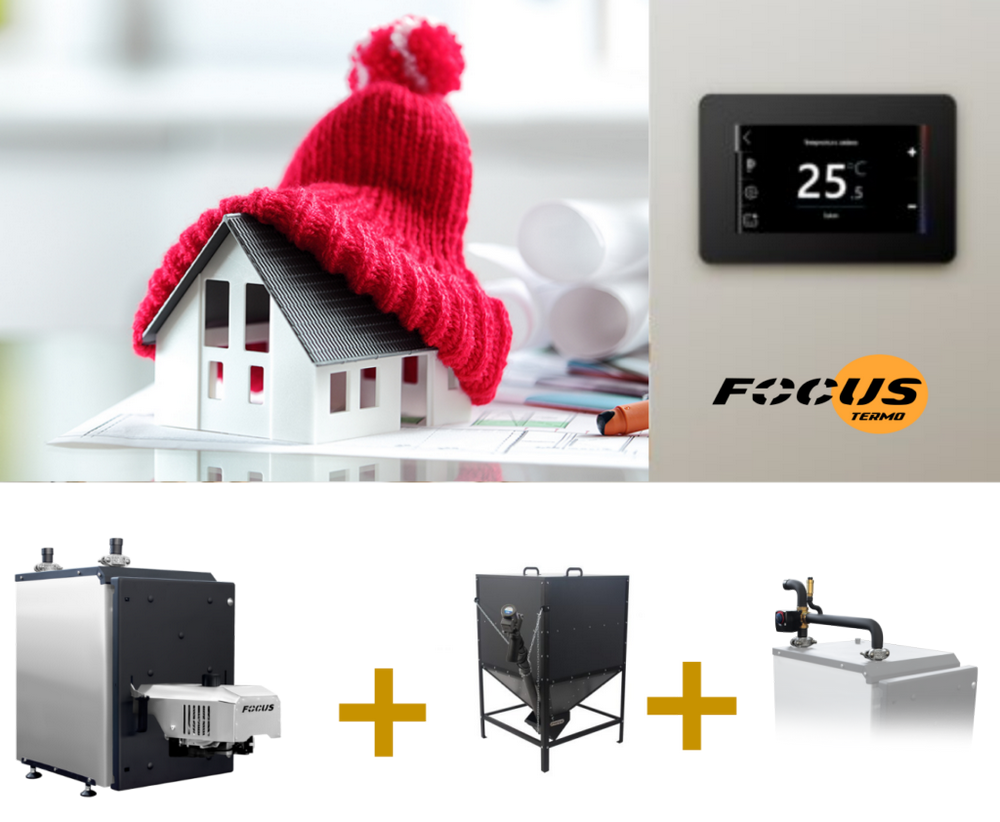What kind of heating is there without gas: for homes, offices, factories and restaurants
Often, when owners enter a new home, the question arises what kind of heating without gas is available and how to heat the house most profitably. This issue is acute for geographically remote objects: shops, hotels and cafes. Today we will talk about the optimal solution to issues. We will classify objects according to the area and complexity of the boiler heating circuit.
Small houses with an area of 50-100 square meters. m
Small rooms are easiest to heat with electricity. Deploying a water heating system based on electrode boilers is budgetary and economical. At a low cost, you will get a high-quality heating system, fully regulated by climate control, and at such a level that you don’t have to think anymore about which heating without gas is better. Free electricity can be obtained by installing a wind turbine near a building. Be aware of the noise these devices make.
Even if there is no gas, it is much easier to provide electricity to the house, so you can use mainline services. Keep in mind that if you have a frame house built, then in this case it is better to use air heating, for example, fan heaters installed in greenhouses. You can deploy air heating on radiators. In frame houses, it makes sense to install heated floors to heat the lower part of the house.
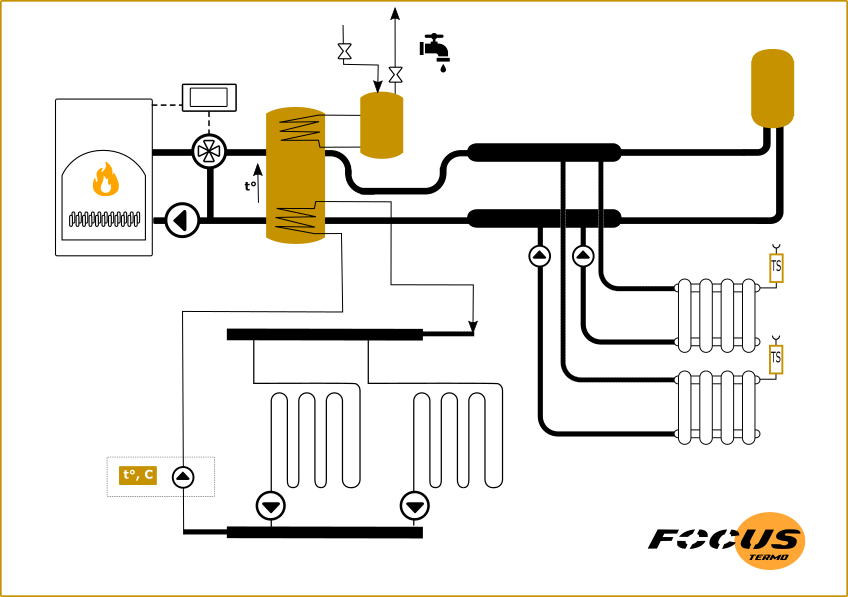

Warm floors from solar collectors
For low-temperature heating in the off-season, solar collectors can be used. This high-quality and free heating is especially effective in private houses and frame buildings, due to the constant maintenance of temperature in the lower part of the room. Under these conditions, heat savings can be achieved by recirculating air from the ceiling to the floor.
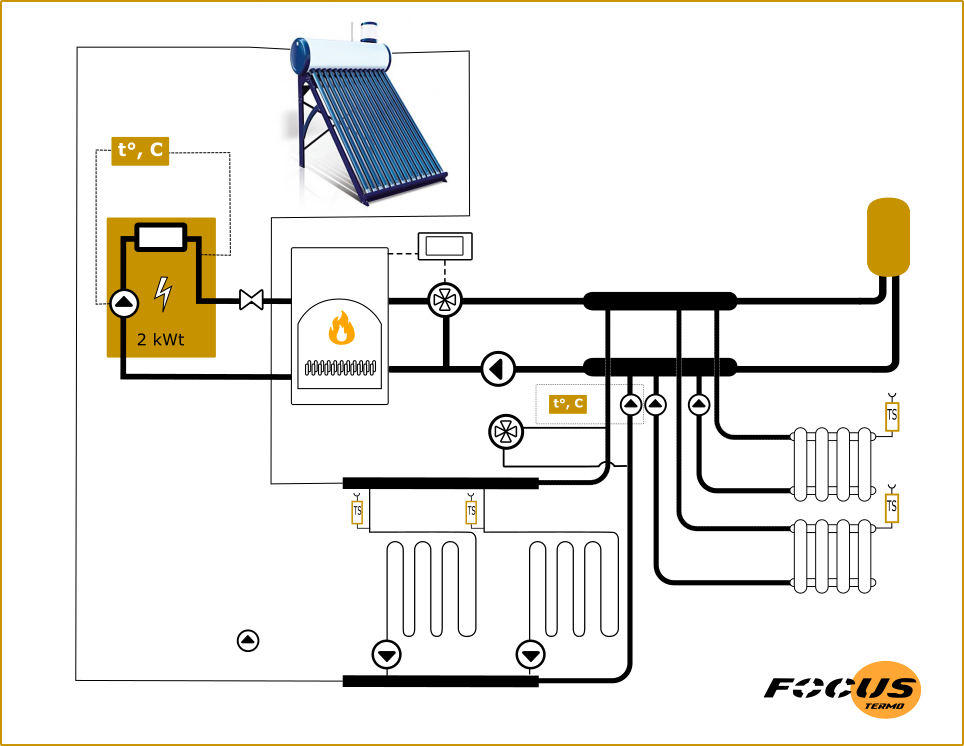
Houses with an average area of 100-200 sq. m
The problem of heating houses and buildings with a larger area is related to the number of kilowatts that will be required to operate the electric heating system. To profitably extract electricity from the main network, it makes sense to install a solar power plant at a “feed-in tariff”. However, this solution will only partially solve the problem; given the high electricity tariffs, it is worth looking for another heating option.
For these purposes, that is, for medium-sized houses, restaurants remote from the city, and industrial premises, autonomous heating will be required. It can be deployed on the basis of a monoblock pellet boiler with a built-in pellet hopper. The boiler is controlled by a microcontroller and allows the use of climate control devices. This, in total, contributes to fuel economy, in this case, pellet granules. Thanks to its fairly high power, you can deploy all types of heating: air, water and heated floors.
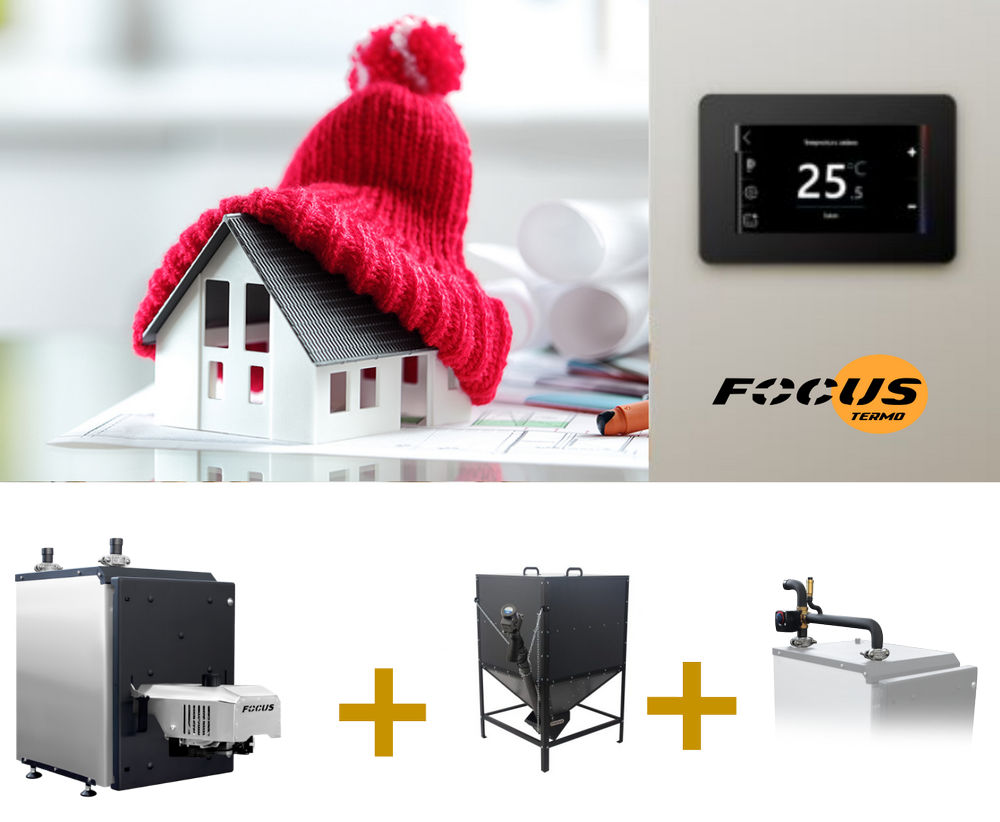
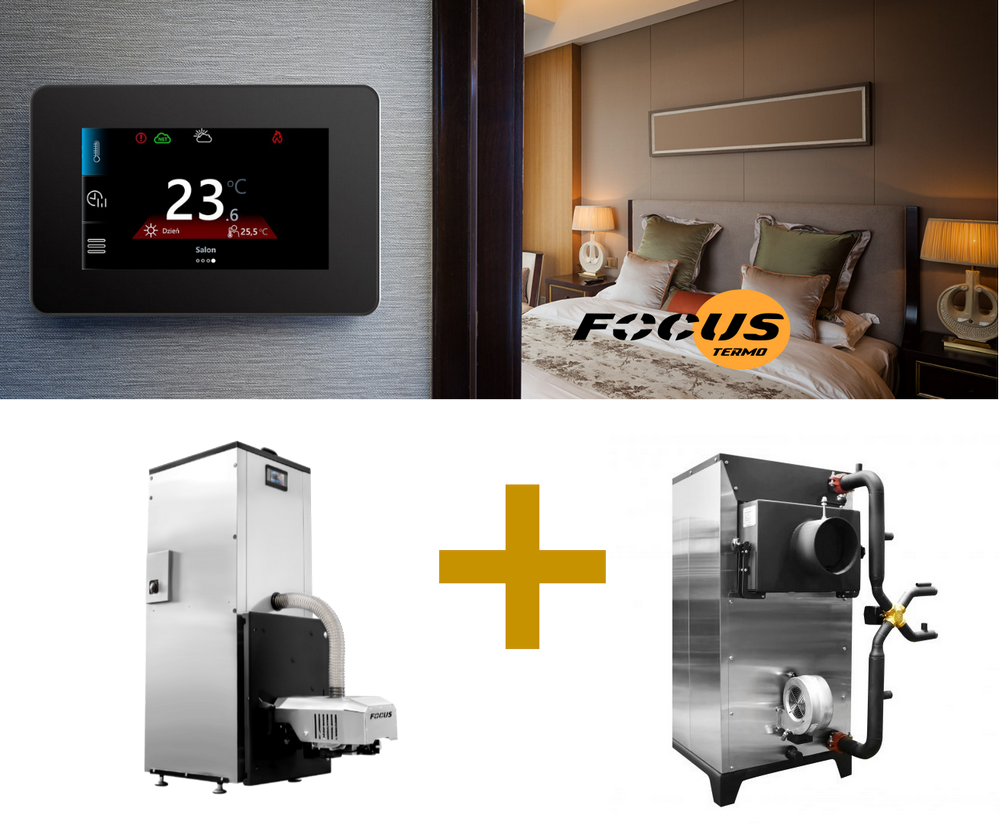
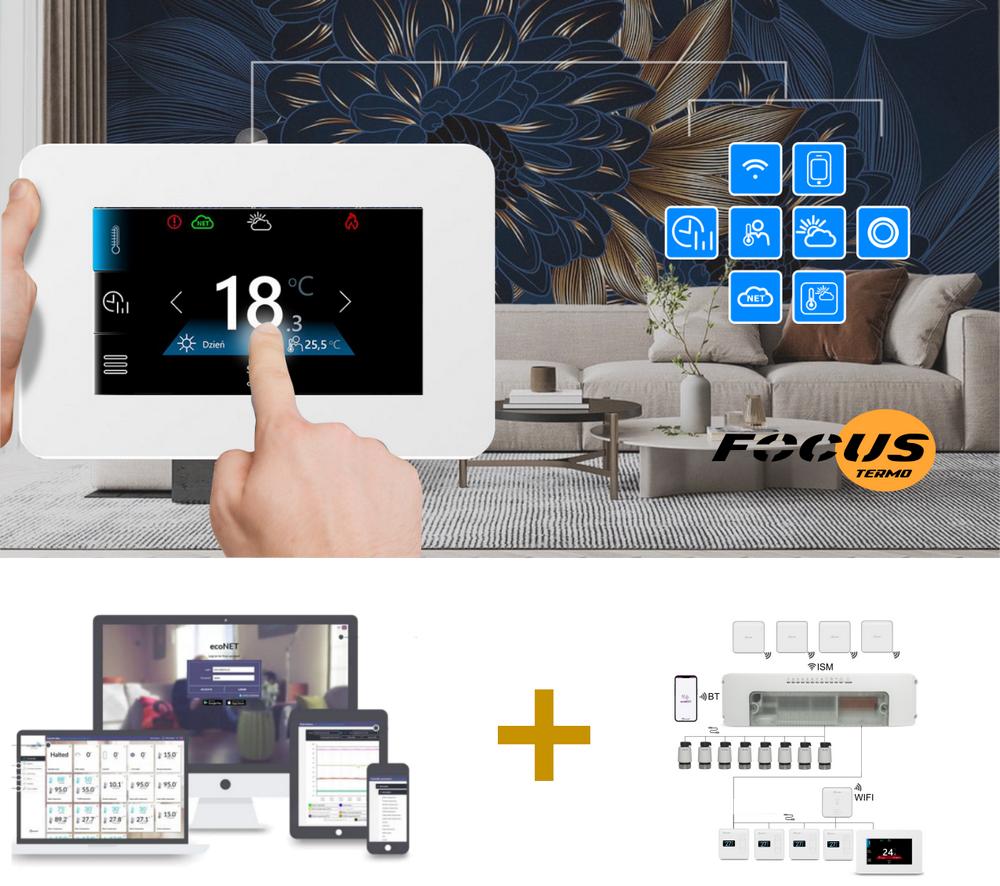
Large houses and buildings
To heat large buildings, it makes sense to install a pellet boiler house on the roof; this allows you to save on pumping equipment, or on the site of a heating point. FOCUS pellet boilers are industrial-grade heating equipment and allow cascade connection in the heating circuit with a total power of up to 2.5 MW. In some cases, pellet boiler houses can be deployed with a total capacity of up to 2000 MW; in combination with a digital climate control loop and passivation of buildings, such heating points can become the basis for heating smart cities, provided that pellets from urban waste are used.
